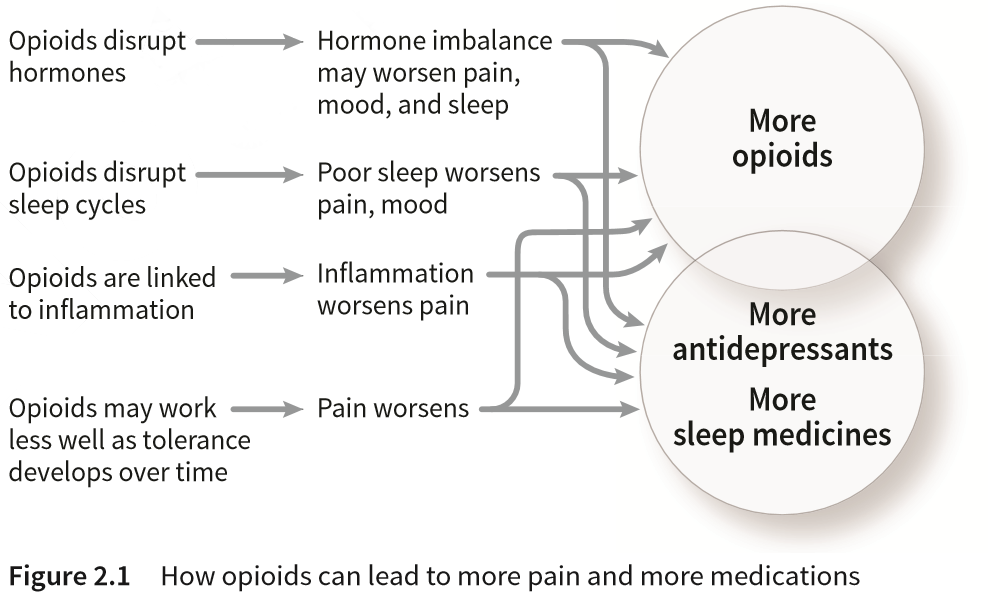Treating Pain & Reducing Opioids with a Dearth of Resources

Treating Pain & Reducing Opioids
with a Dearth of Resources:
Evidence-based Strategies
for Improving Patient Outcomes
Treating pain with the lowest risks necessitates psychobehavioral intervention, and specifically a patient’s thoughts, beliefs, and expectations – their pain mindset.
In this session at Kaua’i Pain 2018, you’ll develop plans and learn portfolio of services that can immediately be added to your practice.
Outline
In this session, Dr. Darnall will:
- Discuss the history of over-prescribing opioids and under-treating psychological factors. Now there is great need to reduce patient risks and treat pain differently—and better. For opioid reduction, costly inpatient programs are effective but largely inaccessible to most patients.
- Educate learners on research (in press, JAMA Int Med) that provides a low-cost formula for successful opioid reduction in outpatients taking long term opioids. This work hinges on optimizing the patient-provider dynamic to engender patient trust and willingness to taper opioids.
- Review the aims of the PCORI project, how it builds on our prior work, and the overall mission to use patient-centered methods to provide U.S. clinicians with low-cost solutions to reduce pain and opioid use.
- Provide a list of treatment resources (websites, books, links to articles, webinars, support groups, and information on evidence-based psychological treatments).

Additional Resources
- Darnall BD. Less Pain, Fewer Pills: Avoid the Dangers of Prescription Opioids and Gain Control Over Chronic Pain ©2014. Bull Publishing

